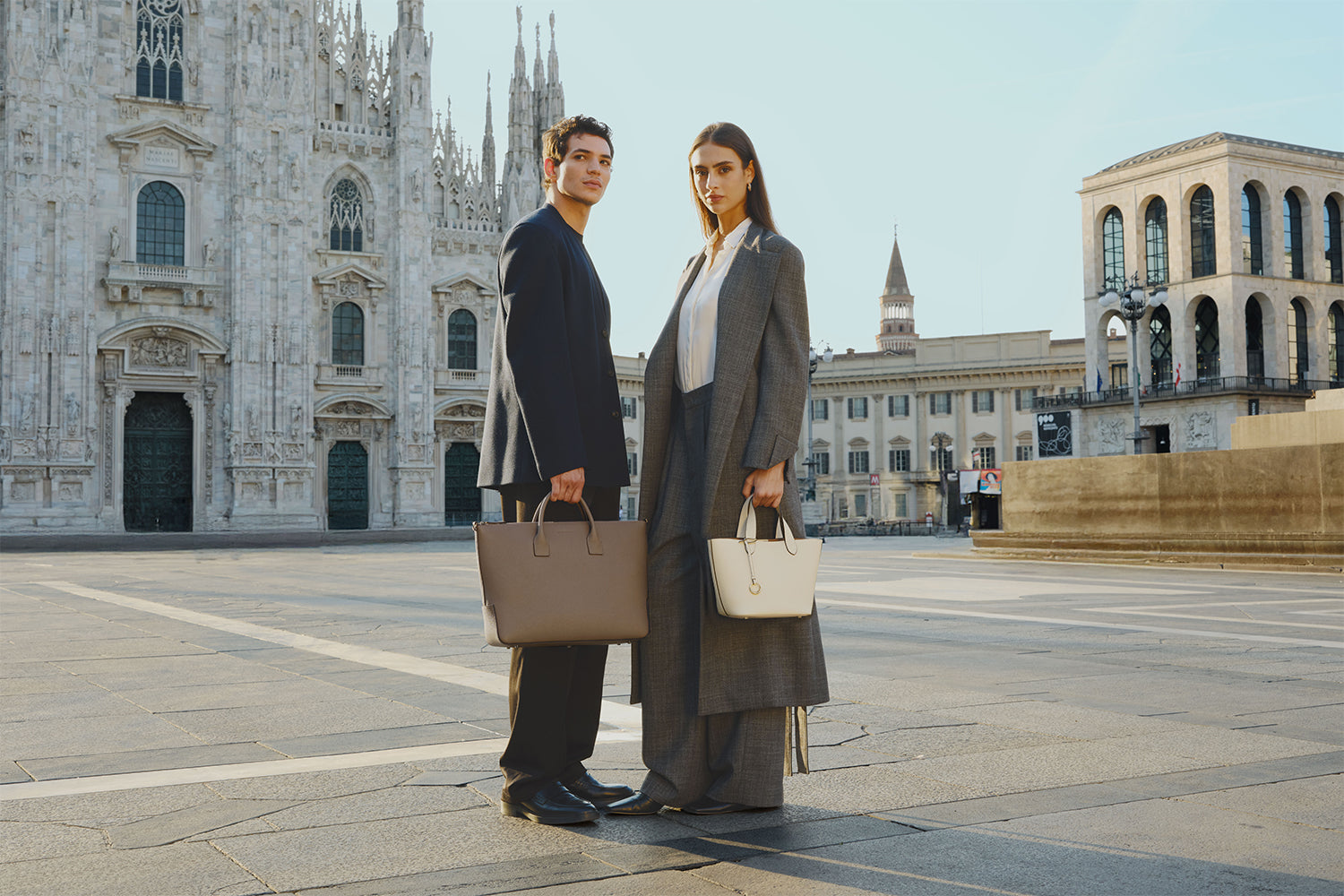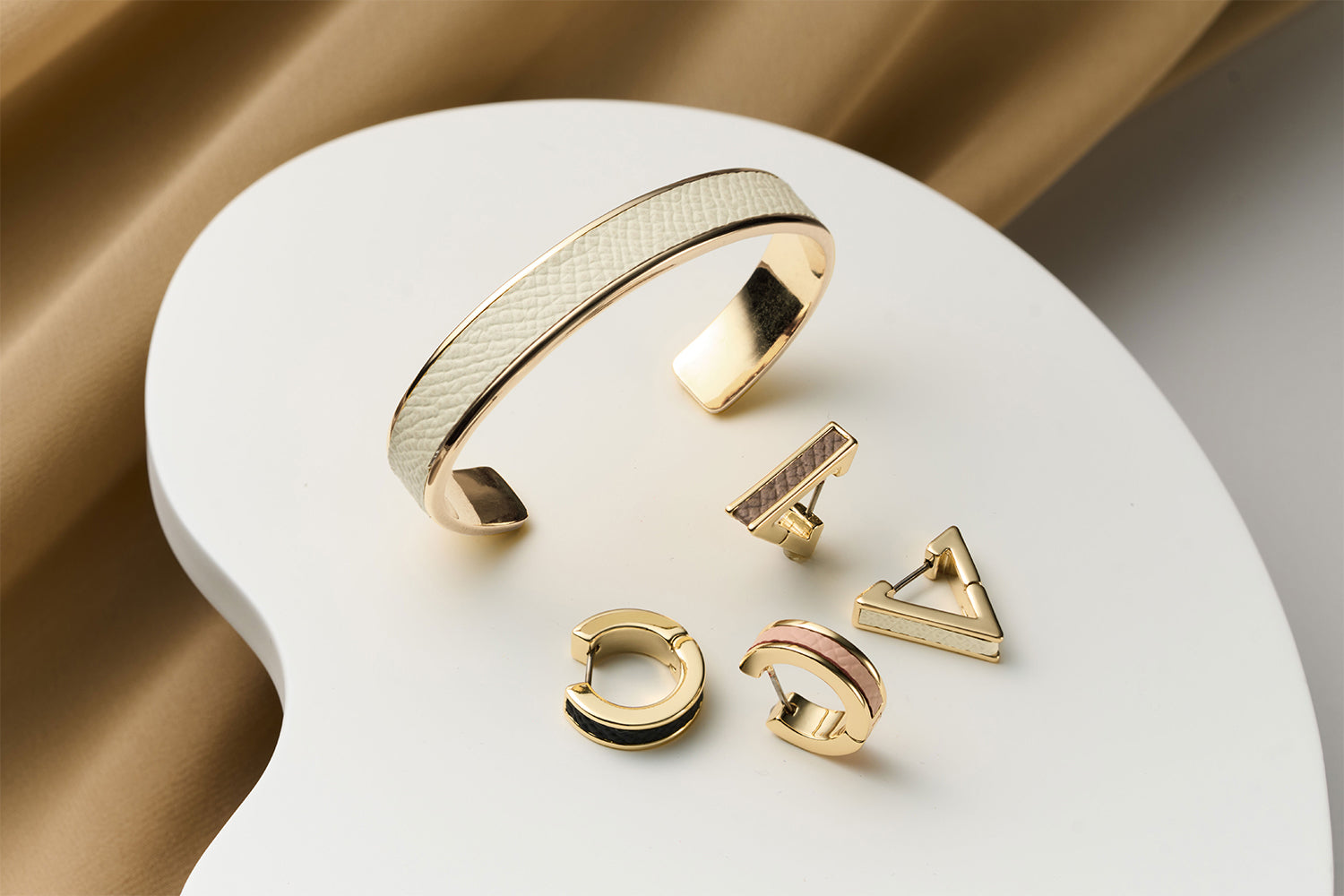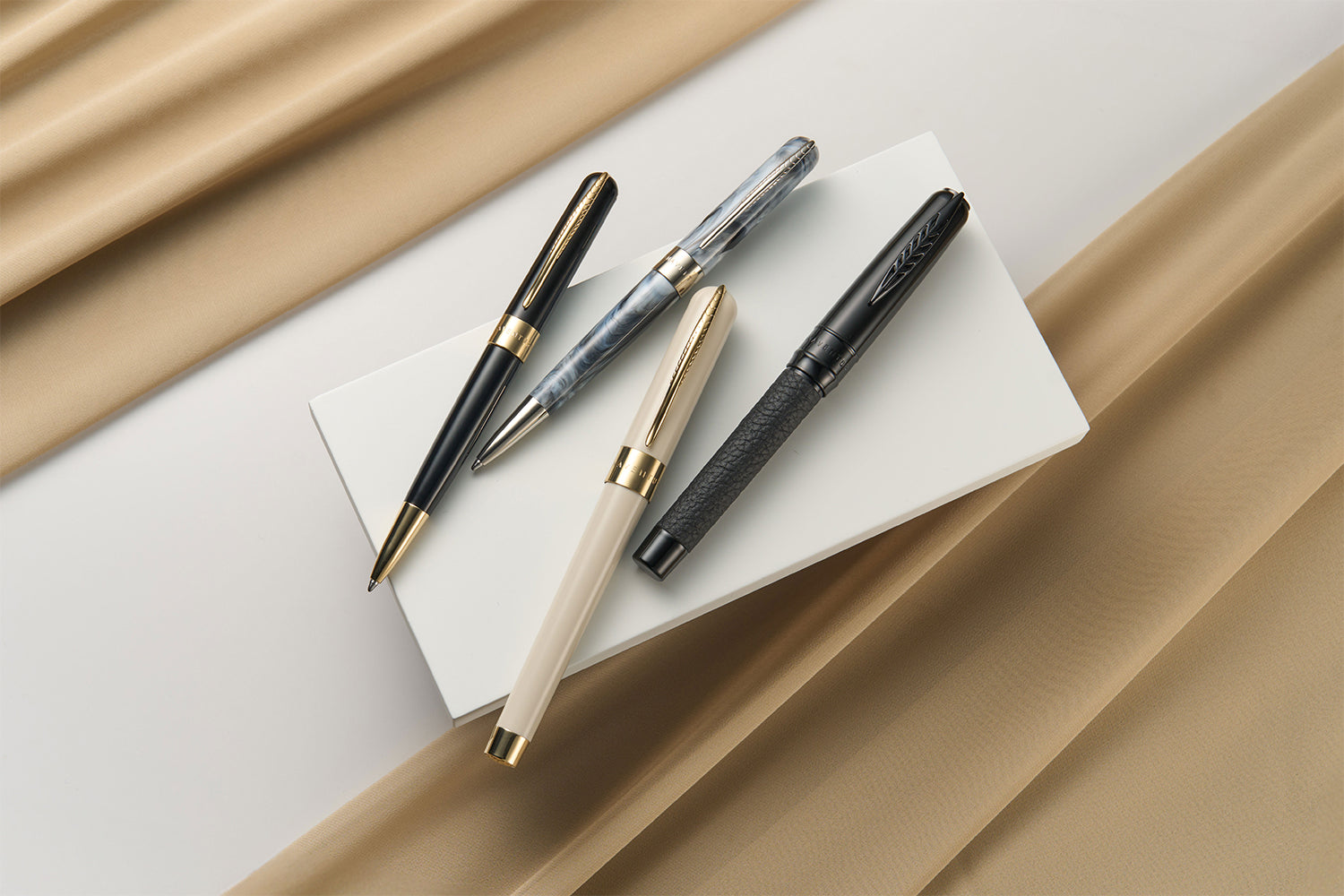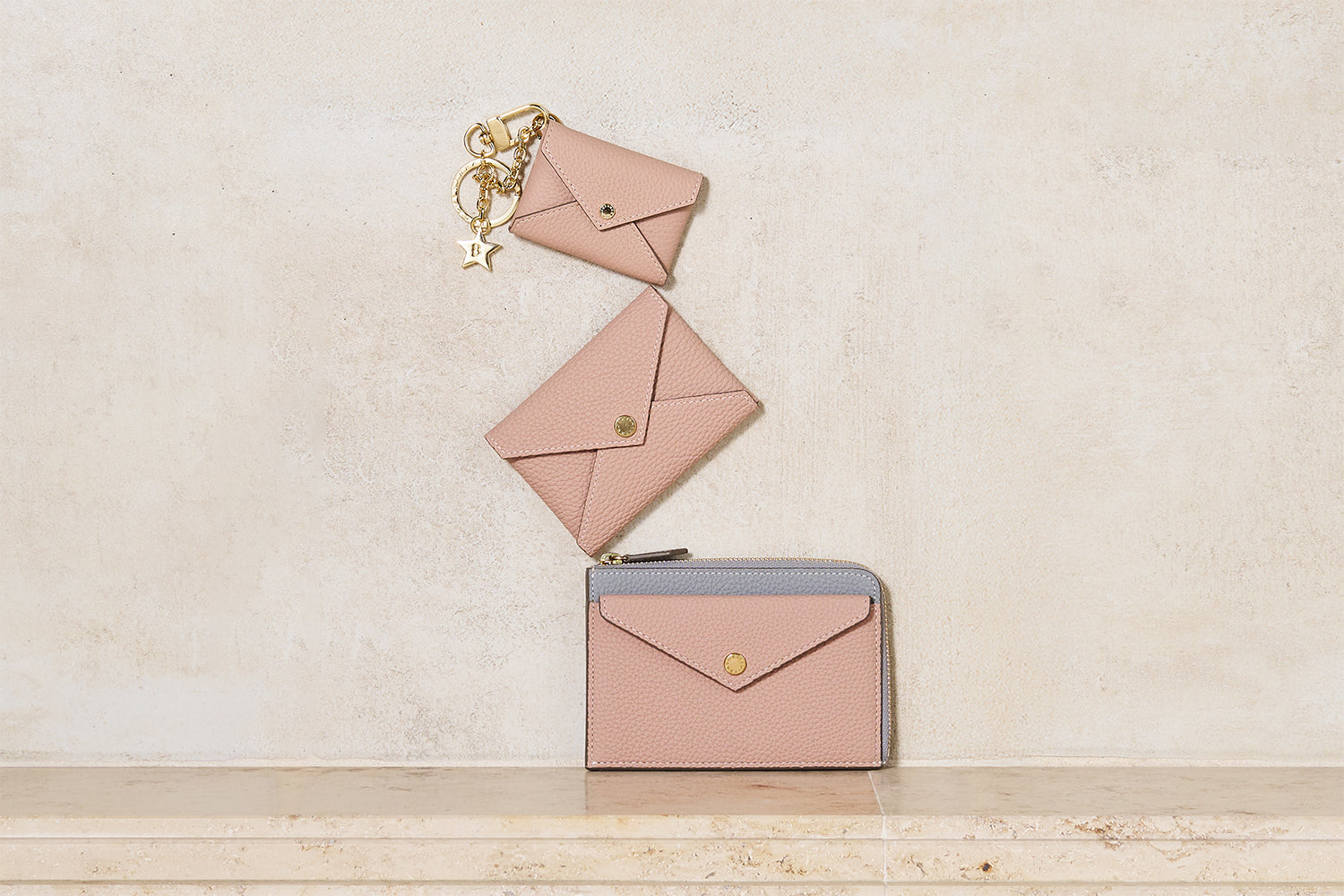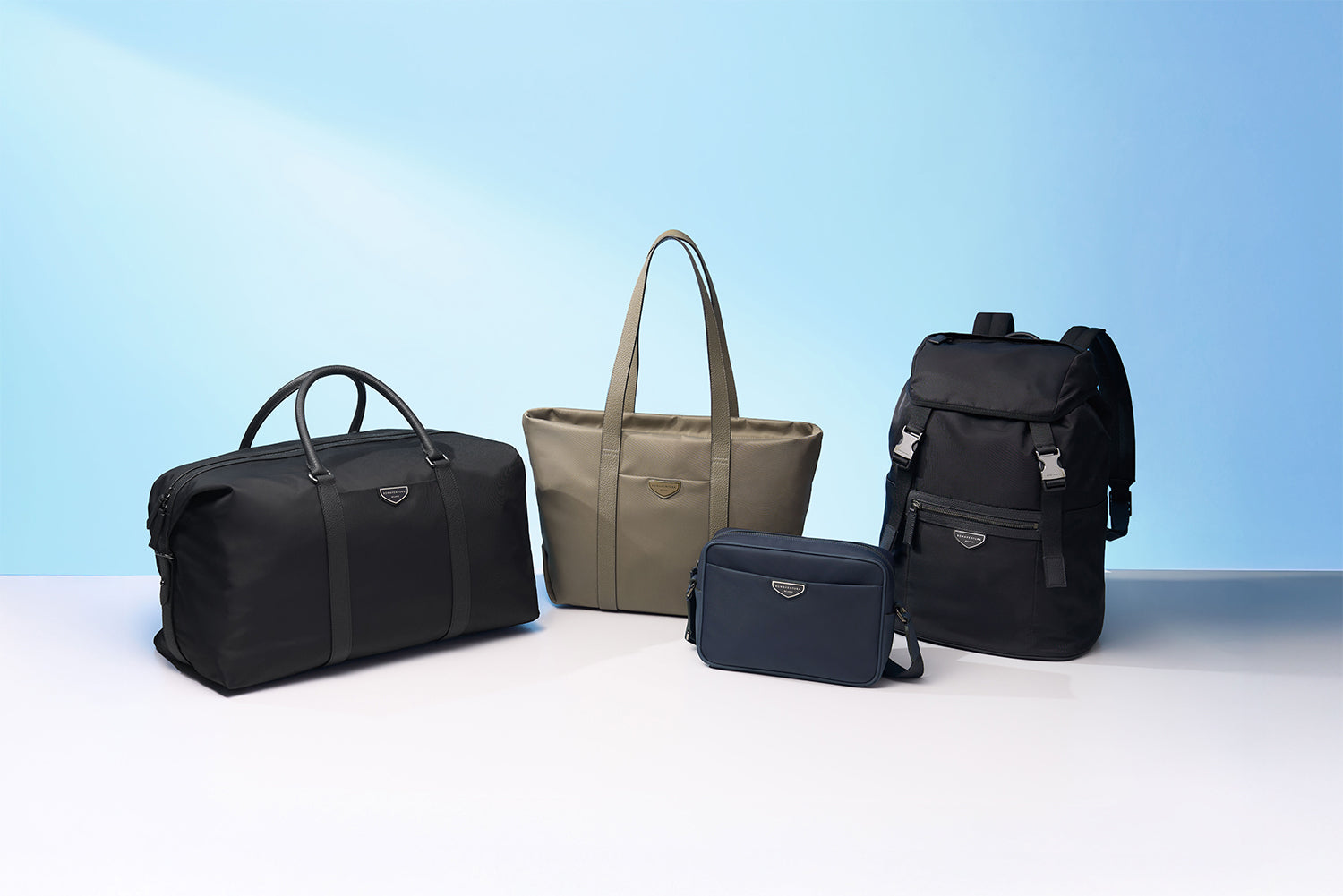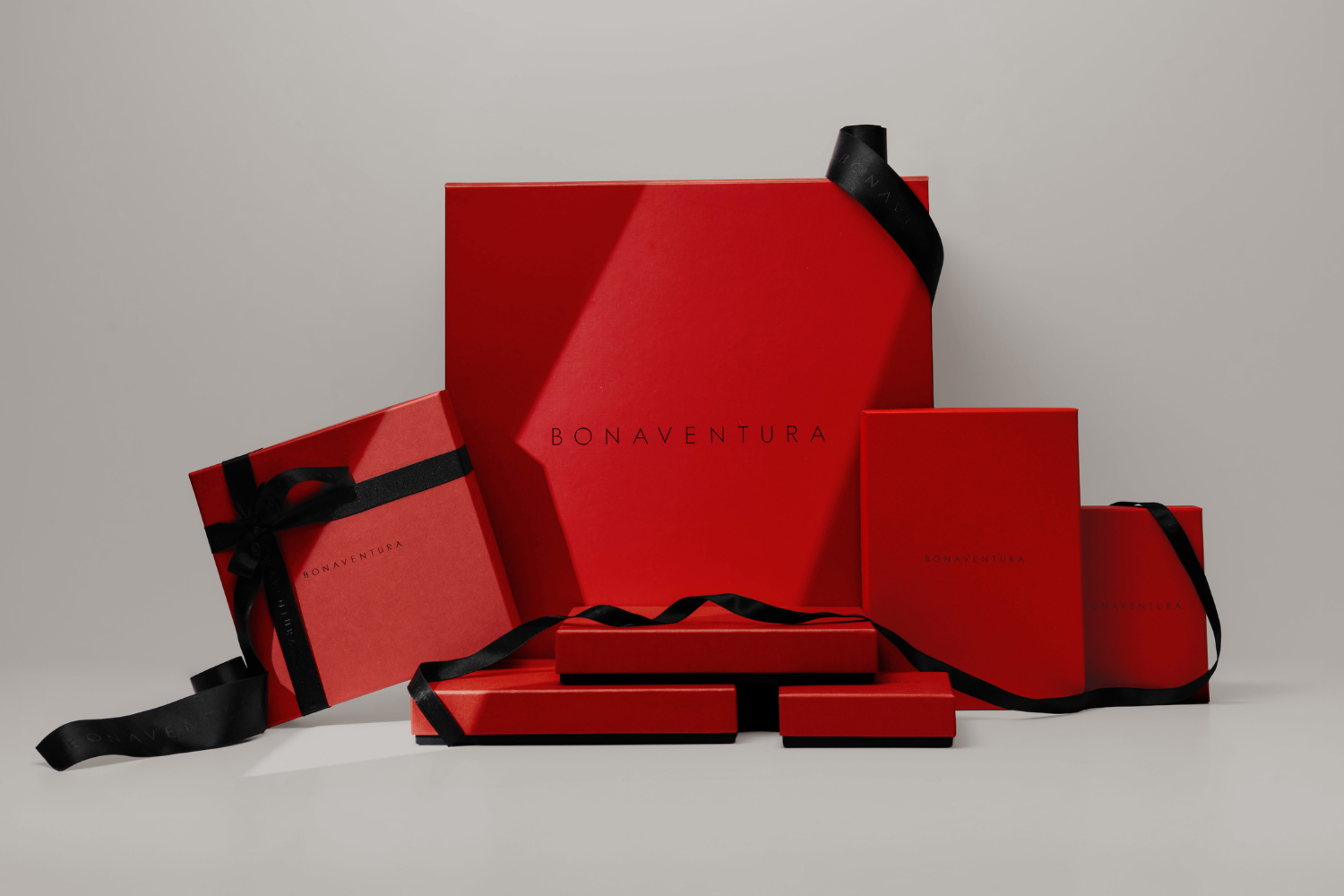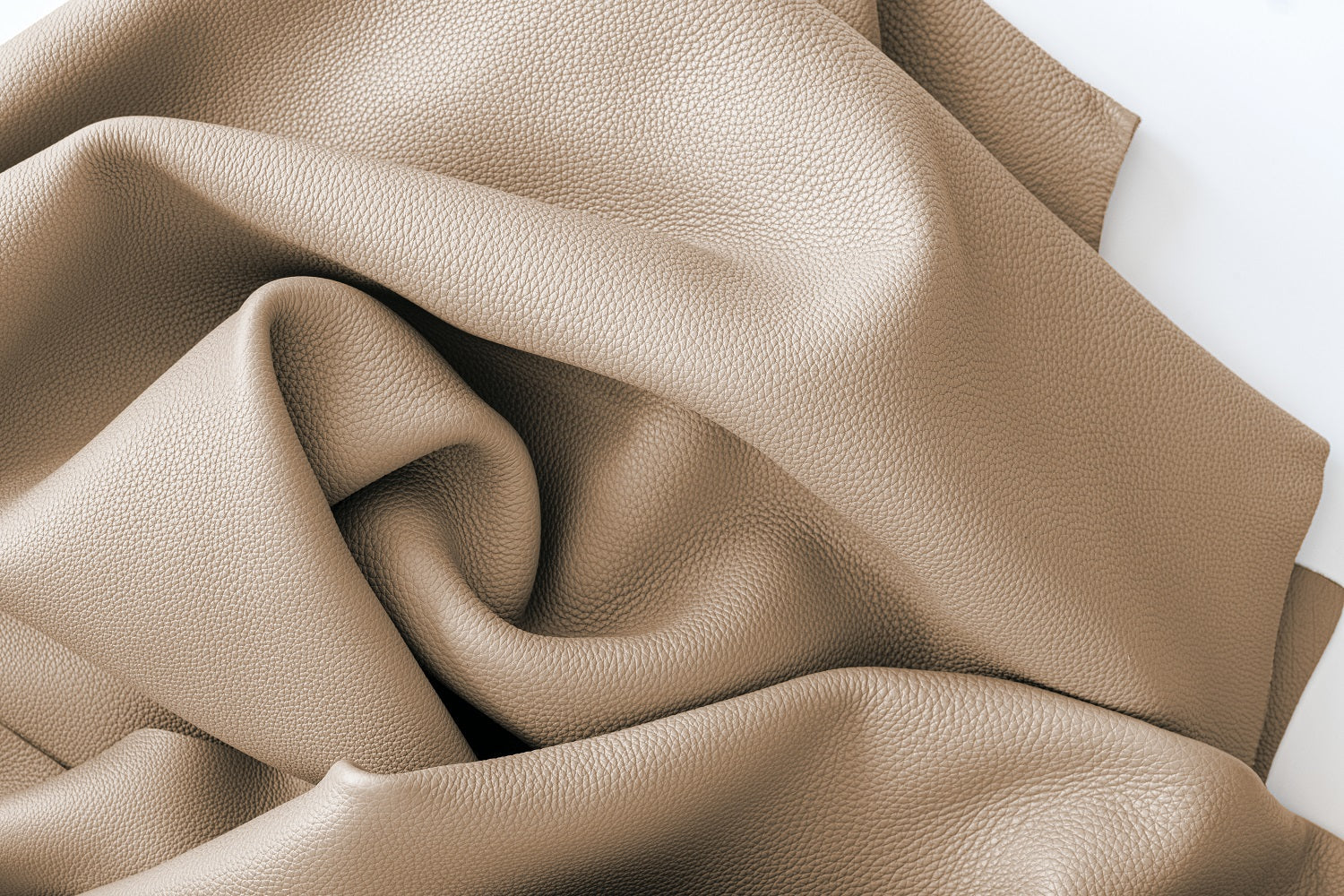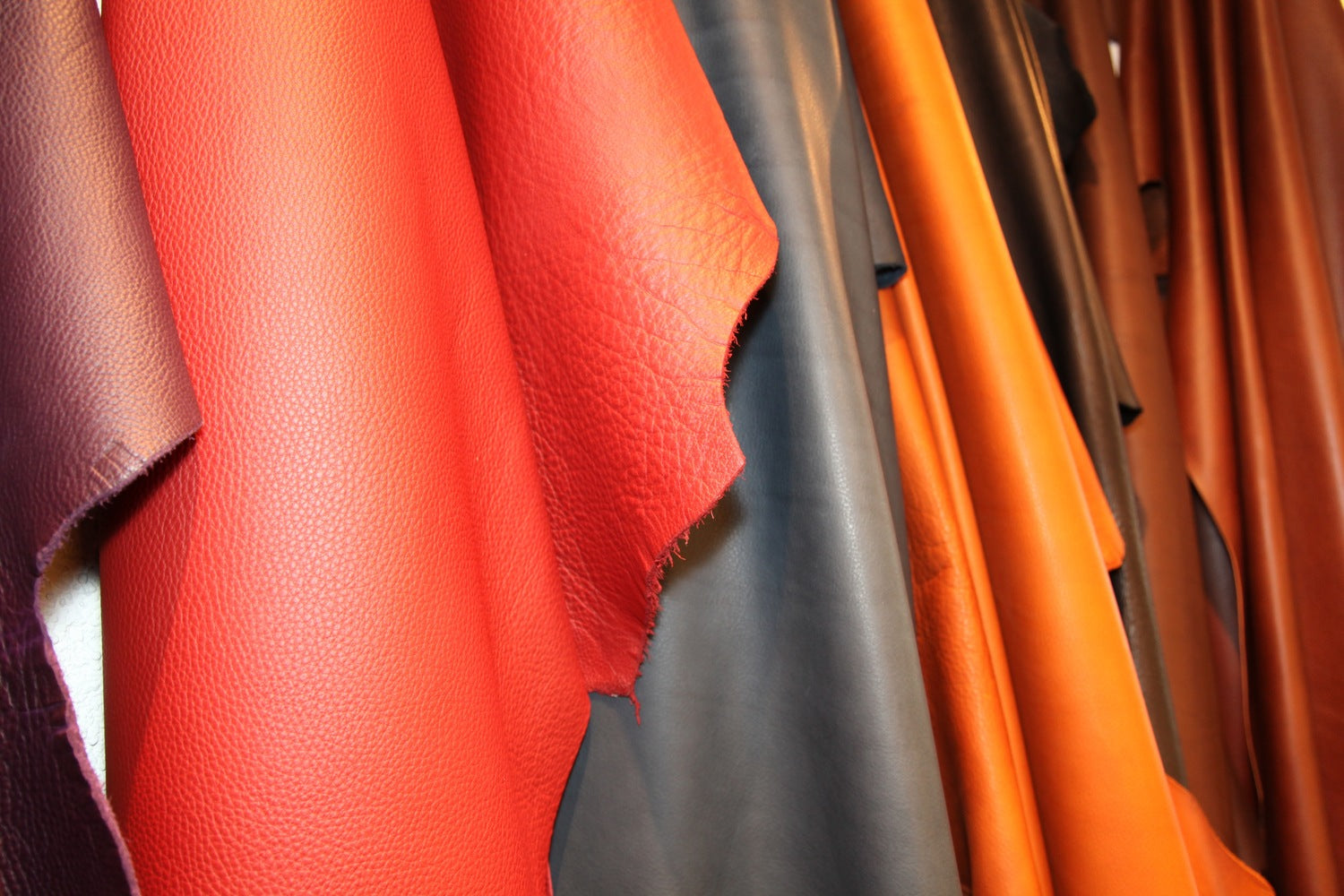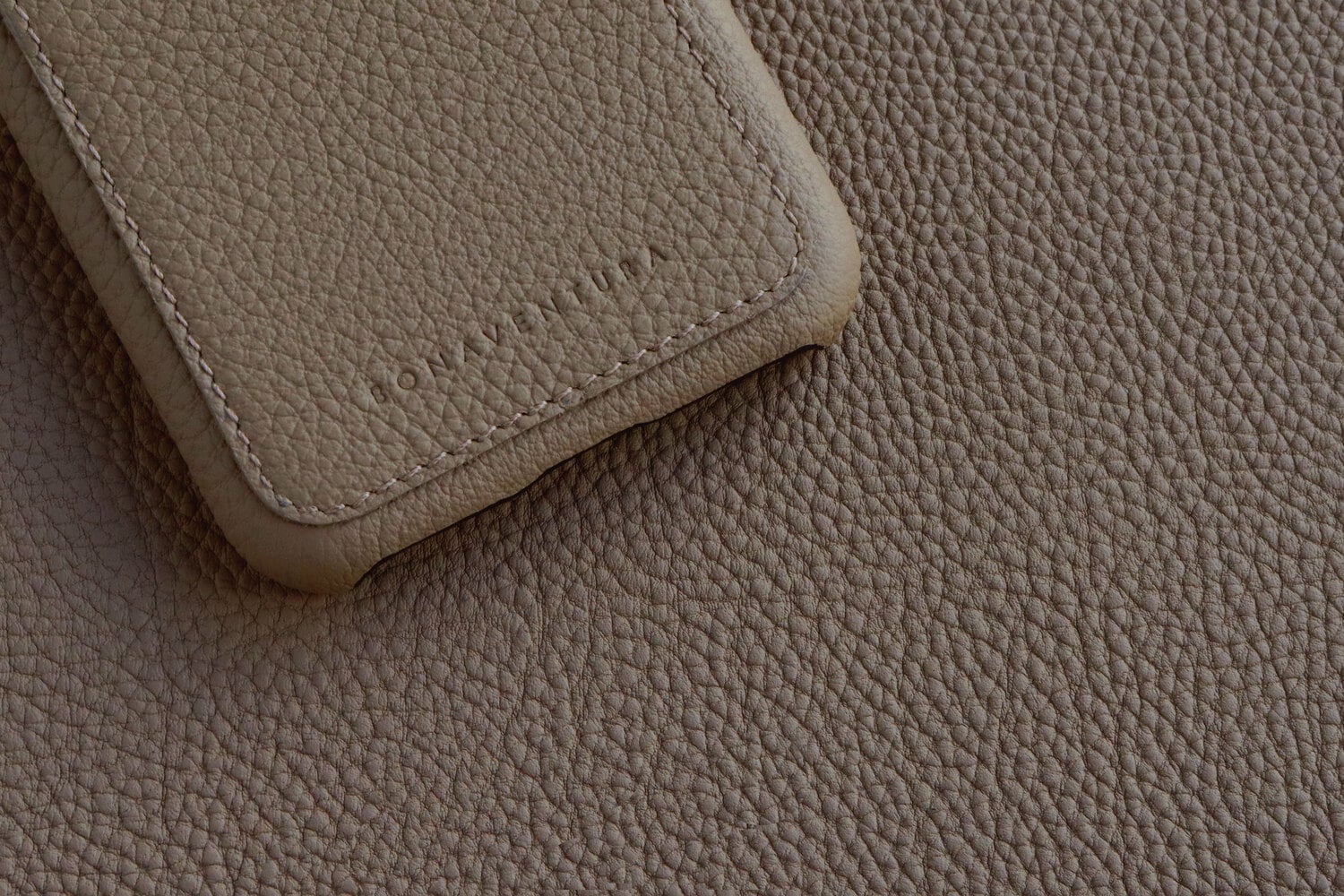
What is the difference between skin and leather? Explained with types of tanning and basic processing flow
"Skin" and "leather" are both pronounced as "kawa" and are both commonly used words such as "cowhide" and "cow leather".
However, when it comes to leather products, there is a clear difference between skin and leather, and this is closely related to the process of "tanning", which is essential in making leather products.
In this article, we will introduce the difference between skin and leather, the types of tanning that affect the characteristics of leather, and the basic steps of tanning.
The difference between leather and skin depends on whether it has been tanned or not
Skin and leather are used differently depending on whether they have been treated to prevent corrosion, known as tanning.
Han is raw leather, and tanned leather is leather. In English, the former is called "skin" and the latter "leather".
Leather is also translated as "tanned leather", so we can tell that it is tanned.
The Chinese character for leather comes from the ancient tanning method of stretching animal skin tautly horizontally with both hands.
This Chinese character means "to change", as it is also used in the words "revolution" and "reform".
Therefore, leather can be said to be the result of changing and modifying the properties of leather.
What is tanning?

Tanning, which turns hides into leather, is a processing method that prevents the hides from drying out and hardening and from corroding.
Normally, raw hides dry out and harden over time, and if left in this state, they will eventually rot.
Tanning processes chemically bond the protein and collagen molecules that make up the hide's main components, stabilizing the hide's internal structure.
Raw hides are transformed into durable, long-lasting leather, which can be used in a variety of products, including bags, shoes, and clothing.
Types of tanning

There are several different types of processing, and the value and durability of leather are determined by the process.
Here, we will introduce the main types of tanning.
Vegetable tanning
Vegetable tanning is a tanning process that uses tannins (astringent components) contained in the bark, trunks, leaves, fruits, and roots of plants.
This is the oldest and most traditional tanning method, said to have existed since ancient Egypt.
Compared to other methods, it takes more time and costs more, so it tends to be more expensive, but it has the advantage of maximizing the charm of leather, which is the aging process, and being environmentally friendly.
Chrome tanning
Chrome tanning is a relatively new method that was put into practical use in 1884. It is a tanning method that uses chemicals to mass-produce leather in a short time and at low cost.
Its appeal is that it is durable, stretchy, and easy to handle, but on the other hand, it has the disadvantage that you cannot enjoy the aging process.
Combination tanning
Combination tanning is a tanning method that combines different tanning methods, and is generally a combination of vegetable tanning and chrome tanning.
Because it combines the characteristics of both vegetable tanning and chrome tanning, it is sometimes used in products that require high durability and aging, such as baseball gloves and boots.
Aldehyde tanning
Aldehyde tanning is a tanning method that uses glutaraldehyde and other chemicals. It is also called "wet-white" because of its whitish color.
This produces a soft tanning effect, but it is less heat-resistant than chrome-tanned leather.
Aldehyde tanning is also a method that uses aldehydes produced by the oxidation of fish oil (traditionally cod liver oil).
Leather that has been tanned using this method is called "chamois leather" and is porous and easily absorbs moisture.
Basic tanning process
The tanning process involves various steps such as preparatory work, such as soaking the hide in water to remove the hair, dyeing, and greasing.
The detailed work differs depending on the type of tanning, but the basic process is the same. Here, we will look at the general steps of tanning.
1. Soak the hide in water
The raw hide of an animal, which is the raw material for leather products, is soaked in water and returned to raw hide.
Raw hides are transported in a dehydrated state from various slaughterhouses in Japan and overseas to tanners (companies that tan the hides). In the soaking process, blood, dirt, and other dirt adhering to the hide are removed, and the hide is left in a clean rawhide state.
2. Dehairing the hide
Once the hide is in a rawhide state, it is immersed in lime solution and sodium sulfide to expand the pores and promote dehairing.
Leather has a unique flexibility because the fibers are loosened during this process, making the whole hide soft.
By soaking it in lime again, you can make leather with a special focus on flexibility, such as soft leather or suede, or you can make hard leather by removing the hair without using lime.
3. Decomposing, deliming, bating, and pickling the hide
The hide that has been depilated and softened is decomposed in a splitter, and the lime deposits are removed in a "decalcifying" process.
The alkaline hide becomes neutral, and then the excess protein is broken down and removed by "bating."
Finally, the process of "pickling" is carried out to make the hide acidic. Hides that have gone through all the processes are called "pickle hides."
4. Allow the leather to soak in the tanning agent
The pickle leather is soaked in the tanning agent, also known as tanning agent.
This stabilizes and fixes the bonds between the internal fibers of the leather, giving it heat resistance and durability.
5. Dyeing the leather
Once the tanning agent has soaked in, the leather is ready for dyeing.
Dyeing can be done by coloring with dye, spraying or painting with a brush, or printing with a machine.
In addition, depending on the extent of the dyeing, such as "core-through" where the inside (core) of the leather is dyed, or "surface dyeing" where only the surface is dyed, the texture and luster of the leather change, and it is an important process that affects the impression.
6. Grease the leather
After dyeing, the process of adding raw oil or synthetic oil to the dried and hardened leather and kneading it to soften it is called "greasing".
Greasing prevents the leather from hardening due to drying.
※ In some cases, the leather may be greasing before dyeing.
7. Dry the leather
Leather is dried naturally or with hot air before finishing.
The feel of the leather also depends on how dry it is, so it requires a delicate balance and skill.
8. Finish the leather
The leather is finished by applying a glossy finish with paint or embossing.
There are many types of finishes, such as "casein finish", "aniline finish", and "covering finish", and the durability and luster of the leather change depending on the finishing method.
Which should you use for your product, leather or leather?

For leather products, the word leather is appropriate because leather is processed and used for shoes, accessories, clothing, etc.
Therefore, it is correct to write "leather shoes" and "leather wallet".
However, the terms that apply to leather products are those that have undergone processes such as removing the hair from the leather and then tanning and drying it.
In other words, in the case of "fur" that uses fur as it is, leather is used.
BONAVENTURA recommended leather products
BONAVENTURA is an Italian word meaning "happiness."
The name BONAVENTURA expresses the wish that "if you change everyday items into high-quality ones, you will feel happier. We want to be a presence that delivers that happiness."
Here, we will introduce recommended leather wallets from BONAVENTURA, a brand that wishes such happiness.

Smartphone Cases (iPhone Cases)
BONAVENTURA iPhone cases are carefully designed using premium leather from the world-renowned German tannery Perlinger.
We offer a wide variety of case shapes, leather types, and colors.
Customization services are also available, allowing you to create your own original case, such as engraving initials or anniversaries, or swapping the left and right designs for left-handed users.

Ladies bag
BONAVENTURA offers not only handbags, tote bags, and shoulder bags, but also trendy smartphone bags.
Among them, we especially recommend the signature Mia tote bag and Emma bag, which are symbols of BONAVENTURA.
Enjoy the feel of high-quality leather and the sophisticated design that has been carefully crafted down to the smallest detail.

Men's bag
BONAVENTURA men's bags are simple yet sophisticated in design, with functionality that has been refined down to the smallest detail.
We have a wide selection of high-quality leather bags that support a wide range of styles, from casual to formal business.
Enjoy the reliable quality of our bags, crafted by skilled leather craftsmen.

Wallets / Card Cases
BONAVENTURA wallets and card cases feature a timeless design that can be used by both men and women and a wide variety of colors.
Find your favorite item from our extensive lineup.
All BONAVENTURA leather items come with a lifetime warranty, so you can use them for a long time.
Leather products that can be used for a long time are made by tanning the hides.
To make the hides last longer, they are tanned to turn them into leather.
The texture, durability, and other characteristics of the leather can change greatly depending on the tanning process and type.
Knowing the differences will allow you to understand the quality and characteristics of leather products, and you will be able to enjoy choosing your favorite products even more.
If you are looking for leather products that you can use for a long time, we recommend BONAVENTURA leather products, which use high-quality genuine leather from a prestigious, long-established tannery with over 150 years of history.
Knowing the differences will help you understand the quality and characteristics of leather products, allowing you to enjoy choosing your favorite items and find your favorite products.
Why not try looking for your favorite item on BONAVENTURA's official website?



